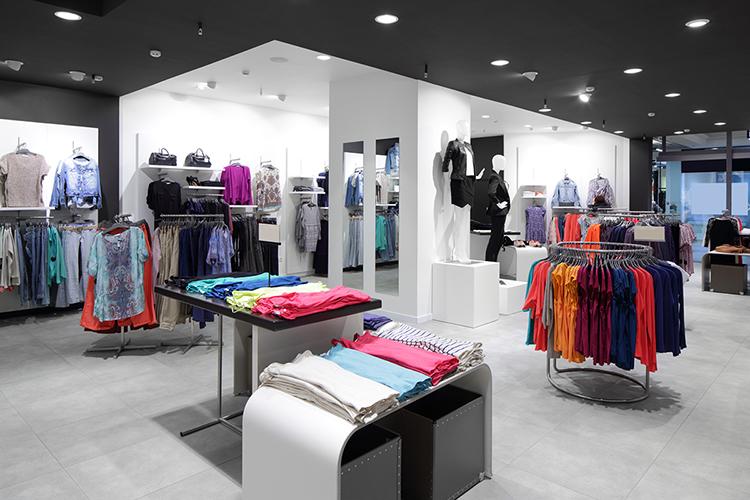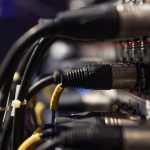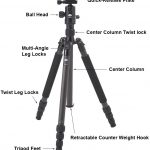According to the latest research, retail buildings account for the largest energy costs of any commercial sector in the country. Those energy costs mean there is significant room for retailers to reduce their utility bills and become more energy efficient.
Fortunately, as the enthusiasm to improve energy efficiency for retail businesses has grown over the past several years, the market has become rife with product options that retailers can use to reduce power consumption in their stores. Areas like lighting and heating, ventilation and air conditioning present numerous opportunities for retailers to reduce their energy usage.
Those efficiency opportunities also allow retailers to save money on their utility bills, provide a more welcoming environment for customers and improve the visual appeal of their own products. Another way that retailers can save money on their utility bills is by visiting the business utility comparison website Utility Bidder.
How to reduce retail lighting energy usage
Reducing retail business energy usage through changes to lighting can be as simple as utilizing daylighting or as complex as installing control devices like timers and sensors. However, the most straightforward way to improve lighting energy efficiency for retail businesses is to replace older, inefficient light bulbs with more modern alternatives.
Two of the most efficient lighting options are light-emitting diode light bulbs and low-wattage T8 linear fluorescent fixtures. Both of these product categories draw less power than old-fashioned incandescent and high-intensity discharge bulbs. They provide design and comfort advantages.
How retail businesses can take advantage of T8 fluorescent light bulbs and fixtures
How goods are presented plays a major role in driving retail sales. When considering lighting design, take a close look at how more efficient light bulbs and fixtures will impact product presentation. T8 fixtures provide directional lighting, reducing glare and increasing visibility.
T8 fluorescents are also huge energy savers. High-performance T8s use 40 to 50% less power than older fluorescent bulbs and fixtures, and can lead to 10% savings on monthly electric bills. These low-wattage T8s also produce less heat than older models, which means reduced cooling costs and loads on the store’s HVAC units.
Since many commercial light fixtures are still designed for fluorescent bulbs, T8s represent the easiest way to improve energy efficiency in retail businesses. Simply replacing incandescent or older fluorescent bulbs with T8s immediately improves a retailer’s energy efficiency profile. T8s can be used for mood lighting or for more immediately practical purposes like large overhead fixtures in storage areas.
How retail businesses can take advantage of LED replacement lamps
LED replacement lamps offer the same directional lighting advantages and reduced cooling loads. But they also have longer lifespans than older bulbs and fixtures and they can help bring retail stores up to date with new government energy efficiency regulations.
From a design perspective, LEDs offer more consistent light output and color quality than older bulbs. LEDs also come in a wide variety of models and easily integrate with dimmers, making them ideal for highlighting products.
Retailers should find that LEDs can easily improve their store’s aesthetic. By seamlessly integrating with dimmer controls, LEDs give the owner or manager greater control over the indoor and outdoor lighting dynamic. Their directional light quality means illumination is focused on the products, and is not being emitted in the scattershot fashion of many older bulbs.
As single fixture light bulbs burn out, use LED replacement bulbs and lamps in their stead. It is important to consider space size and light color consistency when replacing LEDs.
How to reduce retail HVAC energy usage
HVAC accounts for approximately 45% of the energy consumption in the average retail business. As is the case with lighting, the energy efficiency options for HVAC equipment are numerous. One of the most effective ways to reduce retail HVAC energy usage is by installing packaged HVAC unit controls.
Many retail buildings have met their space cooling and heating requirements through packaged units often called rooftop units, since many are located on the roof of a building.
Packaged HVAC unit controls make managing heating, cooling and ventilation much easier. They give retail store owners and managers the ability to more effectively control indoor climate, and thus make their customers more comfortable and happy, which leads to higher profits.
Slash retail business energy usage with packaged HVAC unit controls
Three of the most popular and effective packaged HVAC unit controls that can improve energy efficiency for retail businesses are:
- Advanced Digital Economizer Controls – ADECs help optimize the performance of economizers that open and close to let in the optimum of outside air. Under some conditions when it is cool outside but there is still a heating load inside, large amounts of outside air beyond what is needed for ventilation can be used to provide free cooling. Some ADECs have an option that monitors sensors, dampers and other HVAC components, detecting any issues in real time. The ADEC then automatically provides updates on the performance of those components. This feature is called Fault Detection and Diagnostics. The information provided by ADECs can be used to streamline HVAC costs and make evaluating retail HVAC energy usage a much simpler task.
- Demand Control Ventilation – In most commercial businesses, ventilation controls remain constant. But with DCV controls, ventilation air supplies change based on need. For example, if there are many people in a room, the ventilation systems will sense that and provide more ventilation air. If a room is empty or hardly being used, the ventilation system will cycle down. That adaptive quality means energy is being used more efficiently, lowering monthly utility bills.
- Enhanced Ventilation Control – Retrofit add-on technologies – including EVC kits like Transformative Wave Catalysts – have features of an ADEC or DCV add-on. Transformative Wave Catalysts electronically vary the speed of the blowers providing air circulation to provide only the amount needed to heat or cool the building.
All of the above products can be added to existing packaged HVAC units, often without the need for a complete HVAC overhaul.











